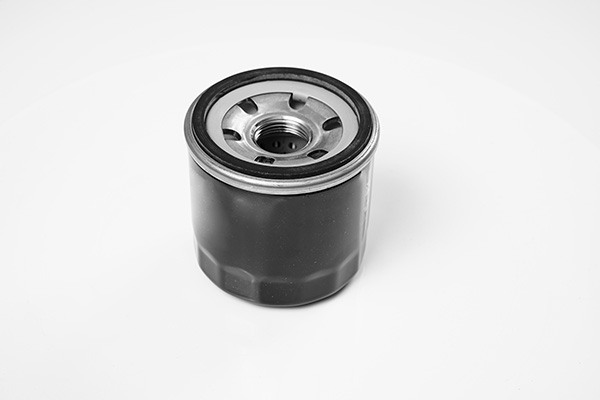
Transmission maintenance is one of those things most drivers don’t think about until there’s a problem. But if your car has a transmission filter—and most do—keeping it clean is critical to long-term performance. The real question is: does your specific vehicle have one, and if so, does it need to be replaced?
Not all cars are built the same. Some use traditional, replaceable filters. Others have internal screens or lifetime filters tucked away inside sealed transmissions. And for many drivers, the answer isn’t as clear-cut as they expect. Here’s how to figure out whether your car has a serviceable transmission filter and why it matters.
What a Transmission Filter Does
Before we get into whether your vehicle has one, it’s helpful to know what the transmission filter is for. Simply put, it keeps your transmission fluid clean by trapping metal particles, clutch material, and debris that accumulate as your car runs.
Clean fluid is essential for proper hydraulic pressure and gear changes. When the filter clogs up, it can restrict fluid flow, leading to rough shifting, slipping, overheating, or delayed engagement. Over time, that buildup can wear down your transmission from the inside out.
Which Vehicles Use Replaceable Filters
If you drive a traditional automatic transmission vehicle—especially one that’s older or uses a non-sealed system—chances are high that it has a replaceable filter. These filters are typically accessed by removing the transmission pan and are replaced during a fluid change.
But if you own a newer car, especially one with a continuously variable transmission (CVT) or a dual-clutch system, it may have an internal screen or even a sealed system designed to last for the life of the vehicle. That doesn’t mean it never needs service—but it does mean that changing the filter isn’t always a routine task.
Manufacturers have started using sealed systems to reduce maintenance costs and improve fuel efficiency. However, these systems can still develop problems if the fluid becomes dirty or the internal screen clogs—which is why regular inspections are still important.
How to Know If Your Car Has One
The best way to find out whether your car has a transmission filter that needs to be changed is to:
- Check your owner’s manual for the maintenance schedule
- Look up your vehicle’s transmission type and service guidelines
- Ask our trusted technicians who specialize in transmission care
At Village Transmission & Auto Clinic, we often see vehicles come in with shifting issues that are simply the result of overdue fluid service or a neglected filter. It’s not always easy to tell without inspection, but the symptoms usually include hesitation, slipping, or delayed gear changes—especially when the car is cold or under load.
What Happens If It’s Never Changed
When a transmission filter is left untouched for too long, it fills up with debris and sludge. That reduces fluid flow and pressure, which are both essential for gear engagement. Over time, dirty fluid also loses its cooling properties, causing the transmission to run hotter than normal. This leads to increased wear, seal damage, and eventually, full transmission failure.
And if your vehicle has a “lifetime” filter, don’t be fooled by the term. Lifetime doesn’t mean forever—it usually means “as long as everything else works perfectly.” Real-world driving conditions—stop-and-go traffic, hauling, heat, and hills like those around Edmonds, WA—are rarely ideal. That’s why fluid and filter changes are still necessary over time, even in modern systems.
Signs It Might Be Time for Service
You don’t need to wait for a failure to act. Watch for early symptoms like:
If any of these apply, it’s worth having your fluid and filter checked, even if your vehicle doesn’t follow a strict service interval.
Not sure whether your car’s transmission filter needs changing? Bring it to Village Transmission & Auto Clinic in Edmonds, WA, where our technicians will determine the right service based on your vehicle’s make, model, and transmission type.